Osteoporosis

Osteoporosis is a condition that affects the bones. In older individuals affected by osteoporosis, the bones have become so weak and brittle to the extent that even a mild fall can cause a fracture. Fractures commonly occur in the hip, wrist and spine. Although it can affect men too, women are especially at risk for osteoporosis.
Normally, bone tissue breaks down and is replaced with new bone, just like our skin. But in people with osteoporosis, bone cannot regenerate at the same speed it is destroyed, so the integrity of the bone diminishes. Common symptoms of osteoporosis include back pain, poor posture, and as mentioned, increased vulnerability to fractures. Luckily, a variety of medications are available to treat the condition such as bone-building hormone drugs.
High Blood Pressure

High blood pressure is one of the most common conditions in older people. It is also one of the biggest risk factors for heart disease. Arteries may naturally harden with age, even without a clear cause, which can lead to high blood pressure. Certain conditions that can cause high blood pressure are sleep apnea, thyroid problems and kidney problems. High blood pressure can also be a side effect of certain medications or substance abuse.
When not controlled, excessive arterial pressure can inflict damage on your blood vessels or essential organs. Heart attack and stroke are the most severe complications that can occur. Other problems are aneurysms, which can also be fatal, as well as dementia and blindness. To monitor your blood pressure, you should see a doctor regularly and take it at home. You can control it by getting regular exercise, lowering your salt intake, and maintaining a healthy weight.
Depression

Undoubtedly, depression can affect anyone. Although it is especially prevalent in younger people, it's also something that can develop later in life. As we lose loved ones, go into retirement, and become less and less active, we can lose our sense of purpose, developing deep feelings of sadness and hopelessness.
Depression can cause restlessness, fatigue, and irritability in older individuals. Some people may have difficulty concentrating and will lose interest in activities they once loved. The good news is that no matter what age you are, treatment is available. Psychotherapy, medications and behavioral therapy can all help with depression.
Pneumonia
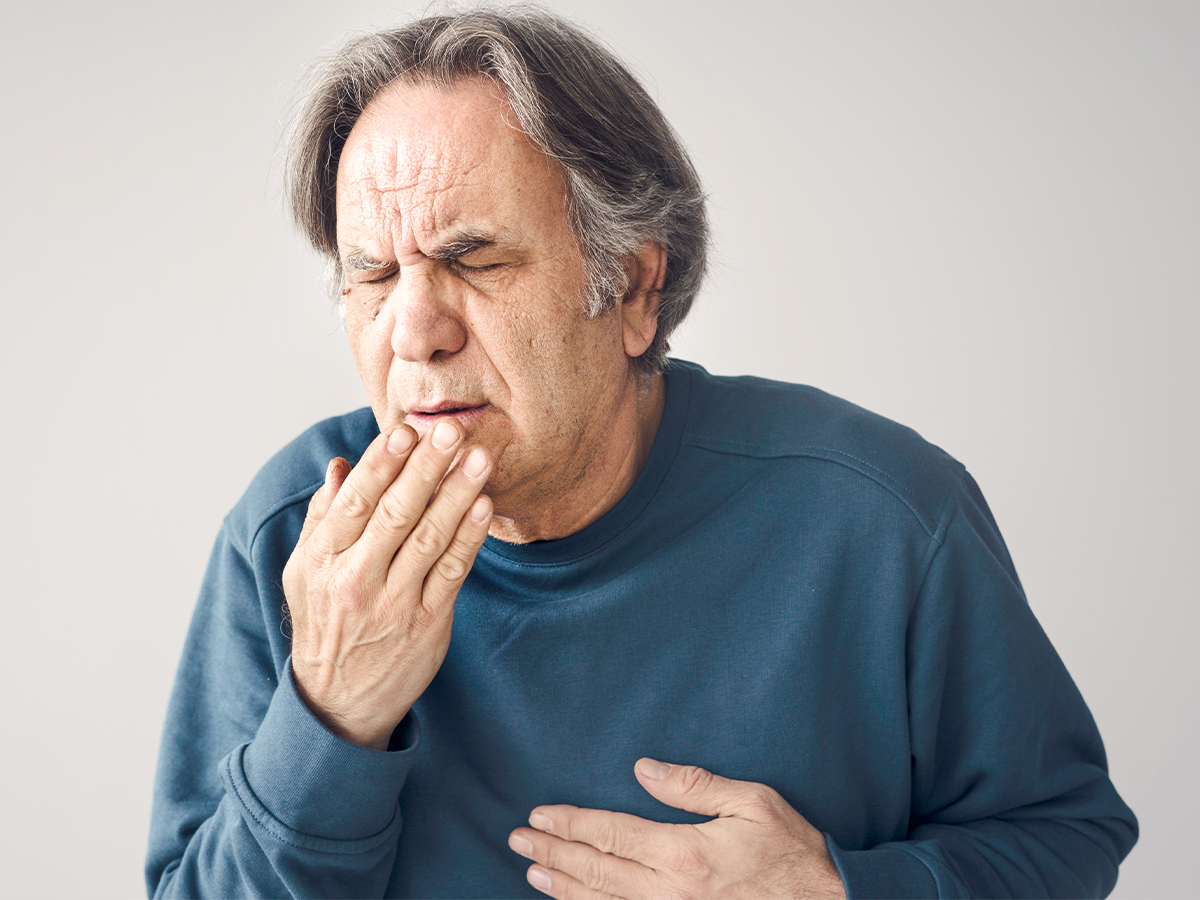
Pneumonia is a common infection of the lungs. It can be caused by viruses, bacteria or fungi. Inflammation in the air sacs of your lungs will fill with fluid or pus when infected, and the germs inside can infect other people, making pneumonia contagious. Common symptoms include coughing, fever, chest pain, shortness of breath, and headache.
When pneumonia is diagnosed, it is common to treat it by treating the infection itself. Antibiotics can help fight off the infection and taking them as prescribed will help you feel better relatively quickly. To manage symptoms like fever and headache, you can take NSAIDs. To prevent future infections caused by viruses, it's important to get your vaccinations.
Diabetes
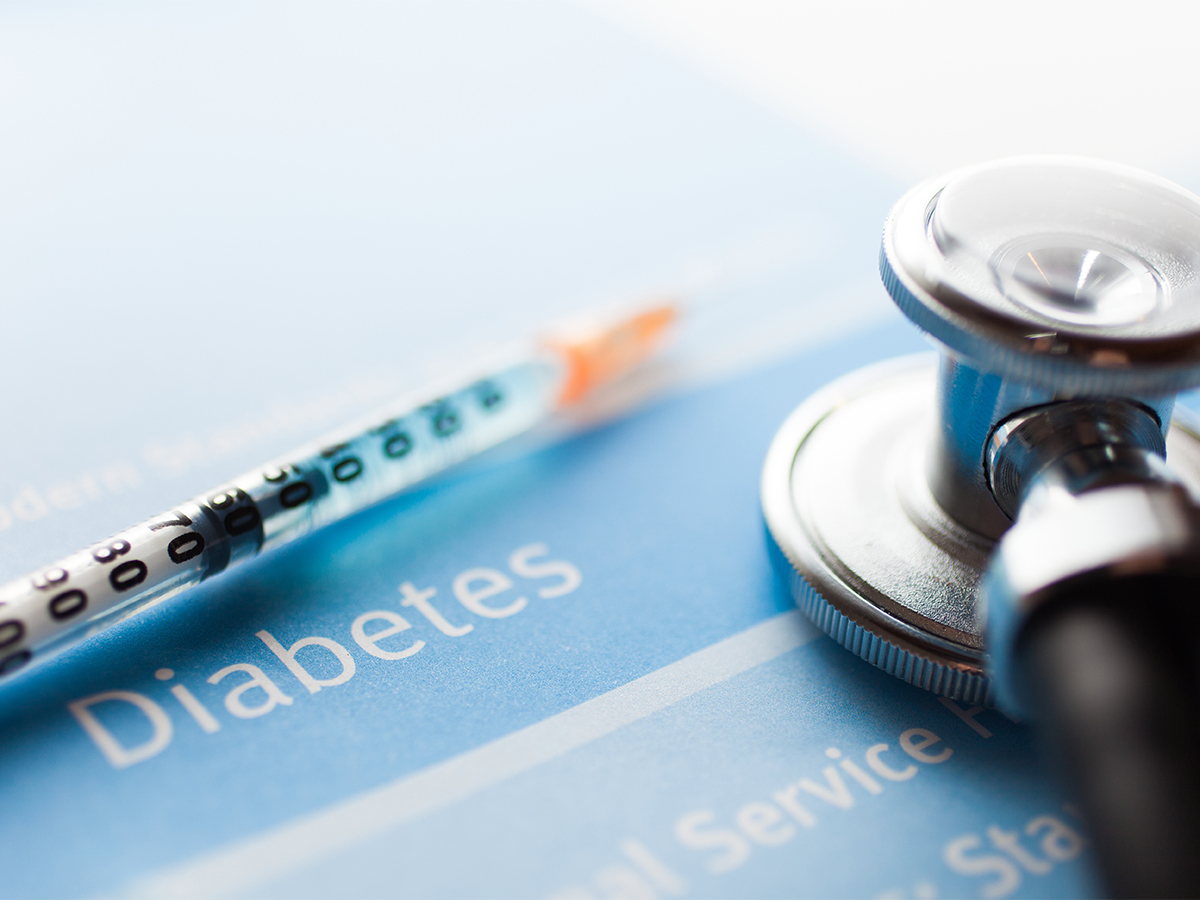
Diabetes is another condition that can affect people of all ages but becomes more difficult to control naturally with age. Diabetes mellitus is a group of conditions that affect how the body uses glucose. In those affected by diabetes, the body may not be producing enough insulin or using it properly. For those that don't know, insulin is a hormone that allows cells to use sugar as energy. Thus, it helps control how much sugar is in the blood.
When too much sugar is present in the blood, it can cause narrowing of the blood vessels, leading to any number of complications involving nerve and organ damage. While type 1 diabetes is not preventable, type 2 may be prevented through healthy lifestyle choices. Common signs of diabetes include frequent urination, increased thirst, unexplainable weight loss, fatigue, irritability, blurry vision and slowed healing.
Heart Disease
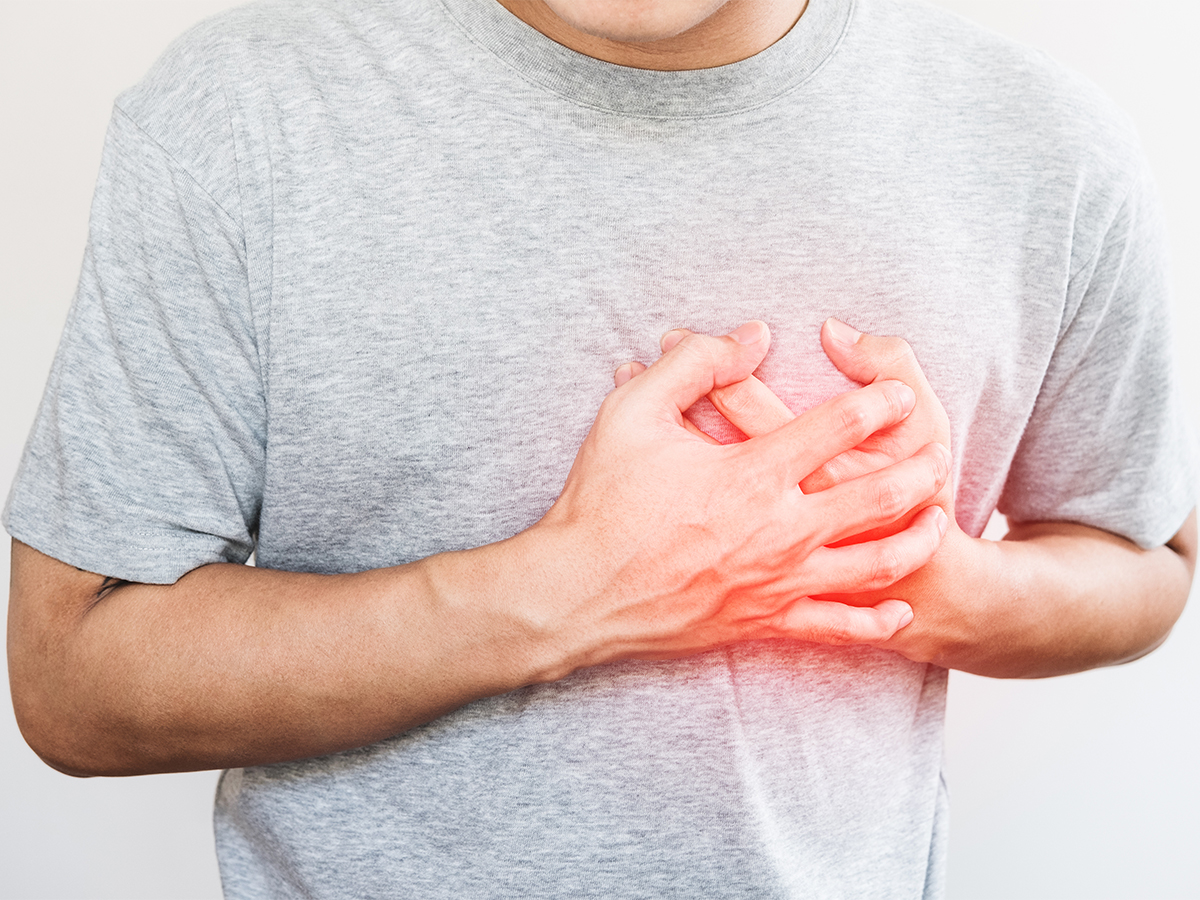
Seniors, age 65 and older, are the most susceptible to heart disease and its potentially fatal consequences. Over time, fatty buildup in the arteries can accumulate and inhibit blood flow to the heart or brain. But even if you have healthy arteries now, natural changes in the heart and blood vessels can affect blood flow, and make physical activity a lot more stressful on the heart. Arrhythmia, the irregular beating of the heart, may make you more vulnerable to heart disease too.
When arteries become completely clogged, blocking blood flow to the heart or brain, you can have a heart attack or stroke - both of which can be fatal, or at least difficult to recover from. A common arrhythmia, known as atrial fibrillation, increases your risk of heart disease and its potentially fatal consequences. Fortunately, there are medications that can prevent clots and minimally-invasive surgical procedures that can restore normal heart rhythm.
Macular Degeneration

Affecting the eyes, macular degeneration is a disease that worsens over time. In people over 60 years of age, it is the leading cause of permanent vision loss. Vision loss may manifest as blurry vision, dark spots in the field of vision or changed color perceptions. Accumulated blind spots may cause a complete loss of your central vision. Fortunately, if caught early, you can reduce the severity of vision loss or slow down its progression.
Age-related macular degeneration is easily detectable through a routine eye-exam. One of the earliest warning signs is the presence of small yellow spots located under your retina. If an eye doctor finds any signs of macular degeneration, they can perform a procedure called an angiography, in which dye is injected into the vein of your arm. Pictures are taken as the dye travels to the blood vessels in your retina. This procedure will show any newly formed blood vessels or leaking vessels.
Rheumatoid Arthritis

Rheumatoid arthritis is a common condition in elderly people that usually affects the lining of their joints, but it can also affect their eyes, skin, lungs, and blood vessels. The chronic inflammatory condition is a type of autoimmune disorder where the immune system attacks your own body's tissues and if severe enough, it can cause disability. However, with proper treatment, you can control symptoms and improve your quality of life.
Among the most common symptoms of rheumatoid arthritis are swelling of the joints, and stiffness, particularly after activity. Fatigue, fever and loss of appetite have also been known to occur. Many people have experienced inflammation of the skin, eyes, lungs and other organs. If discomfort becomes difficult to imagine, it is important to speak to a doctor as they may have some recommended treatments. Common medications for RA include NSAIDs (ex: ibuprofen), steroids and disease-modifying antirheumatic drugs. Therapy and surgery are options when one does not respond to medications.
Chronic Bronchitis

Chronic bronchitis is the most notorious type of COPD (chronic obstructive pulmonary disease). It occurs with the inflammation of the bronchial tubes that are responsible for carrying air to and from your lungs. As these tubes become swollen and irritated, mucus can build up in the lungs. In turn, chronic bronchitis causes difficulty breathing, coughing, and fatigue among other symptoms.
Those with chronic bronchitis may start showing systems as early as age 40 but symptoms may worsen with age. Smoking is a huge risk factor, but family history and genetic predisposition also factor in. Chronic bronchitis will often occur in those with bacterial infections and viruses such as the flu. Medications available for treating this condition include inhalers, antibiotics and oxygen therapy.
UTI

Urinary tract infections are more common in women but also possible in men. A UTI is characterized as an infection of the urinary system that includes the bladder, kidneys, ureters and urethra. Symptoms of a UTI are usually noticeable. Many will feel a burning sensation when peeing, cloudy urine, and a frequent urge to pee, even when you don't have to go. Fever and chills can occur as well when the infection has become severe.
Often, UTIs can go away on their own and antibiotics are not always necessary. However, if your doctor does give you antibiotics, it's important to take them as prescribed, even if you feel better. But medication or no medication, you want to drink plenty of water and urinate frequently to flush out the bad bacteria.
High Cholesterol

High Cholesterol can affect children and adults alike, but it becomes an increased concern with age. In the blood, it can be identified as a waxy substance that is required to build healthy cells. However, if cholesterol levels are too high, they can increase your risk of heart disease and its complications.
Individuals with high cholesterol will face an increase in fatty deposits in the blood vessels, which in turn can clog the arteries, causing heart disease. Unfortunately, high cholesterol doesn't have any noticeable symptoms but is detectable through a blood test. LDL levels in the test indicate bad cholesterol, while HDL levels indicate good cholesterol. If you have high LDL levels, you can lower them with doctor-recommended lifestyle changes.
Osteoarthritis

Osteoarthritis is a type of arthritis that exclusively affects the joints. It can occur with aging, producing pain and stiffness in the joints of the hands, wrist, back, hip, neck, and knees. Osteoarthritis can decrease your flexibility and cause significant pain during or after activity. Sometimes bone spurs can develop, which are hard lumps that form around the joint.
If you experience pain, discomfort or immobility, it is important to talk to a doctor right away. Sometimes osteoarthritis may become progressively worse. In severe cases, patients may have an extensive or complete loss of cartilage in their joints. Treatment options include therapy, medications and natural treatments.
Obesity

Maintaining a healthy weight becomes more difficult to manage as we age, which makes dieting and exercise exceedingly important. Obesity is characterized as a disease in which there is an excessive amount of body fat. The complications of it are more than just skin-deep. Obesity can lead to many problems, such as high blood pressure, diabetes, and heart disease. It also increases your risk of getting certain types of cancer. A combination of behavioral, genetic and hormonal factors all play factors in your obesity risk.
Obesity is diagnosed when you have a body mass index greater than 30. Doctors will usually calculate your BMI once a year for your routine physical. In terms of treatment, a doctor may recommend a regular exercise routine and a nutritional plan. In severe cases, where weight is too difficult to manage, it may be medically necessary to get weight loss surgery.
Sarcopenia

Up until our 30s, muscles become larger and stronger - after that, things change. With age, we begin to gradually lose muscle mass, as much as 5% every decade. Our muscles weaken and become less functional, even if you remain active. Sarcopenia is a common condition that affects everyone and at a faster rate once you hit 65. It causes muscle weakness and decreased stamina.
As muscle mass decreases, the most important thing you can do is strengthen your muscles. Engaging is resistance training or weight lifting can increase your muscle strength and endurance. You should also be sure to have sufficient protein intake as proteins are the building blocks of muscles.
Parkinson's Disease

Parkinson's disease is as a progressive nervous system disorder that affects the nerve cells that produce dopamine in the brain. These nerve cells can break down and de completely. Once that happens, it can cause abnormal brain activity. Men and women can both develop Parkinson's disease, but it is more common in men.
Symptoms of Parkinson's disease often include tremors, slowed movements, stiffness in the muscles and impaired posture. Speech changes and even unconscious movements like blinking may also occur in those with Parkinson's. Dementia and bladder problems are possible complications that can develop as well. Currently, it is unknown whether Parkinson's can be prevented, and there is currently no cure either. However, deep brain stimulation surgery and medications can address certain symptoms.
Dysphagia

Dysphagia is a condition that is characterized as difficulty in swallowing. Those with dysphagia may have trouble getting food down at times, while other times it may be downright impossible. Although it is normal to have difficulty swallowing if you are not chewing sufficiently, persistent difficulty should be cause for concern.
To manage dysphagia, you may have to make some lifestyle changes. For one, you should be sure to drinking plenty of fluids to manage saliva. When eating, you should be sure to eat upright and you should take small bites. Food should be chewed thoroughly and slowly, and you should also make a conscious effort to swallow.
Enlarged Prostate

For many older men, an enlarged prostate may become a growing concern. While benign prostatic hyperplasia is not necessarily a life-threatening condition, the symptoms can be discomforting, affecting a man's quality of life. Luckily, an enlarged prostate can be treated through medications and minimally invasive surgery.
Common symptoms of an enlarged prostate include frequent urination and difficulty urinating. You may need to go several times per day and even at night. Peeing can be difficult to start and you may have a weak urine stream. Although the condition may not be life-threatening, it is important to see a doctor if you have these symptoms so that the doctor can rule out other conditions that may be causing them.
Incontinence

Incontinence can be a frustrating and embarrassing problem for many individuals, no matter what age they are. Many older people develop incontinence but not everyone. Incontinence may be characterized as the simple urge to go more frequently at times, while in more severe cases the urge may be more permanent. In some instances, a small amount of leakage can occur or there may be a complete loss of control.
If you suffer from incontinence, it can be managed. Avoiding caffeinated beverages, alcohol, artificial sweeteners and certain foods can help with urinary frequency. Bladder training, scheduled bathroom trips, and double voiding are behavioral tricks you can learn to manage your symptoms. Additionally, you can work on strengthening your pelvic muscles. If you suffer from incontinence, talk to your doctor to rule out any underlying causes and talk about treatment options.
Alzheimer's Disease

Alzheimer's Disease is a huge concern for many elderly people, but make no mistake, it is not a normal part of the aging processing. If you aren't quite sure what it is, Alzheimer's is a disease of the brain that is a common cause for dementia. In those suffering from the disease, an person may at first have difficulty recollecting recent events while still remembering past events. Other symptoms that develop later on may include difficulty focusing, confusion, mood swings, and communication problems.
In terms of causes, doctors and scientists aren't quite sure why some develop Alzheimer's and others don't. However, what is evident is that nerve damage in the brain seems to be the culprit, although the how or why are not clear. Currently, there is no cure for Alzheimer's but its symptoms are treatable through medications, lifestyle changes, and behavioral therapy.
Cancer

Cancer is the big one. It's always a risk but age makes us more susceptible to it, especially certain kinds. Whether it's colon cancer, bowel cancer, prostate cancer or breast cancer, there are so many causes for concern as we get older. Paying attention to new signs as they arise and seeing a doctor to discuss them is your best line of defense. If caught early, many forms of cancer are treatable.
Because cancer becomes a greater risk as you get older, it's important to take precautions and make the necessary lifestyle changes to prevent it. While nothing is guaranteed, even if you have no family history, avoiding tobacco, eating healthy and getting exercise will at least lower your risk. If you are concerned about cancer, don't hesitate to take action.
Cataracts
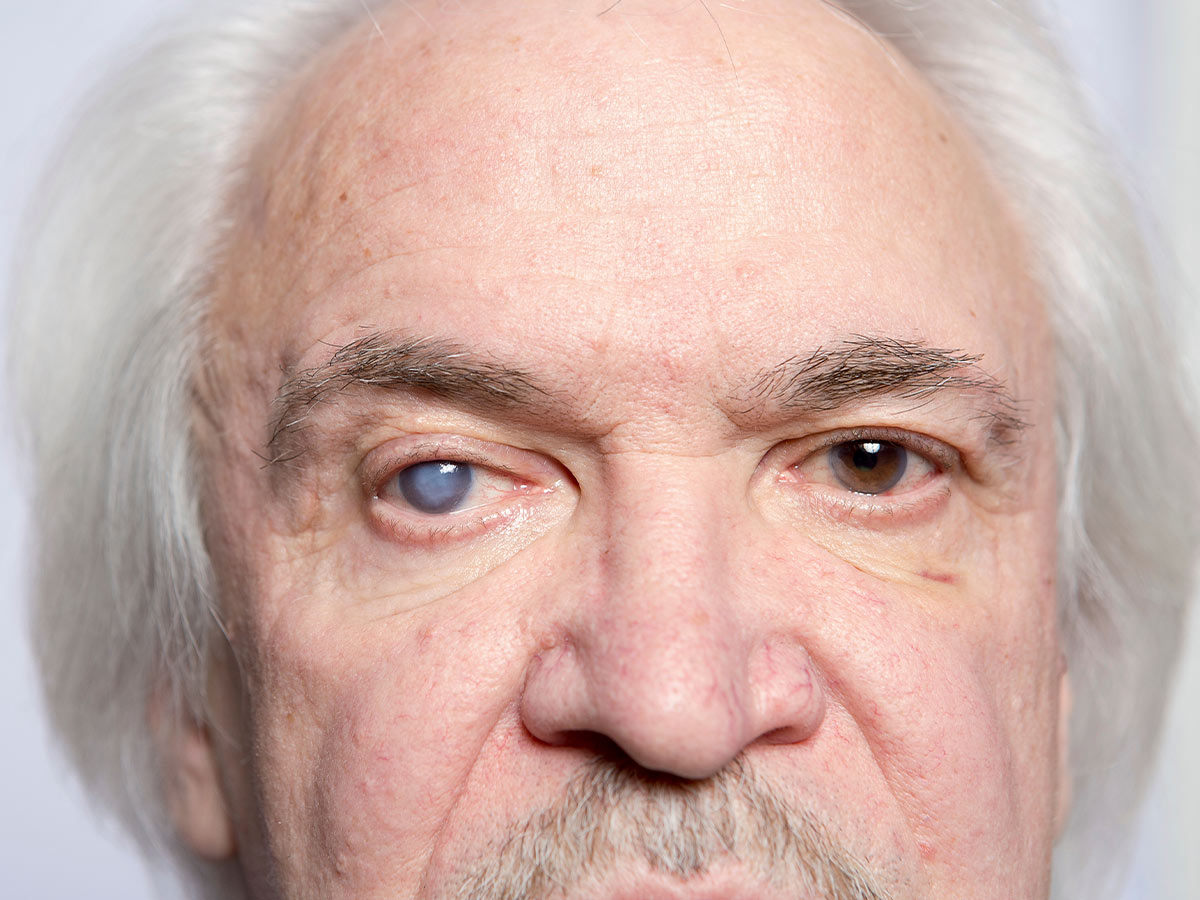
Cataracts are when cloudy patches develop on the lens of the eye. The lens generally starts out completely clear, but as we age, these patches can develop, causing blurred vision and blindness if left untreated. Cataracts worsen over time, affecting your ability to do everyday activities such as driving.
See an optician if your eyesight is consistently blurry, brights are too bright or glaring, it’s harder to see in low light, or colors look faded. Surgery is a proven treatment for cataracts.
Presbycusis

Presbycusis (or age-related hearing loss) is the gradual loss of hearing in both ears. The condition is linked to aging, with one in three adults over the age of 65 reporting hearing loss, according to Johns Hopkins Medicine.
The ability to hear high-pitched noises is usually affected, while the ability to hear low-pitched noises usually isn’t. Treatment options can include hearing aids and other assistive devices.
Chronic Obstructive Pulmonary Disease (COPD)

Tinnitus

Pressure Ulcers

Cerebrovascular Disease

Cerebrovascular disease is a term used for conditions (stroke, brain aneurysm, brain bleed, and carotid artery disease) affecting blood flow to the brain. Anybody can be affected by cerebrovascular disease, but older age does put you at a higher risk. Common symptoms include balance problems, fainting, weakness on one side of the body/face, slurred speech, and trouble understanding speech.
Cerebrovascular disease is a medical emergency that should be treated as soon as possible. Medications to improve blood flow to the brain and surgery are possible treatments.
Chronic Kidney Disease

Atherosclerosis

Atherosclerosis is a build-up of plaques of fatty material in or on the artery walls. Your arteries narrow, restricting blood flow and oxygen supply to tissues that need it. The National Heart, Lung, and Blood Institute states that “about half of Americans between ages 45 and 84 have atherosclerosis and don’t know it.”
Symptoms can become severe if left untreated, such as heart attack, stroke, or blood clot. Lifestyle changes, medication, and surgery are common treatments.
Metabolic Syndrome

Metabolic syndrome (or insulin resistance syndrome) is a group of conditions that raise your risk for serious health problems such as coronary heart disease, diabetes, or stroke. You become more at risk when three of the five following conditions are grouped together: a large waistline, high blood pressure, high blood sugar levels, high blood triglycerides, and low HDL cholesterol.
A healthcare provider may order a blood test in order to diagnose this condition. Lifestyle changes, medications, and/or weight loss surgery are possible treatment options.
Emphysema
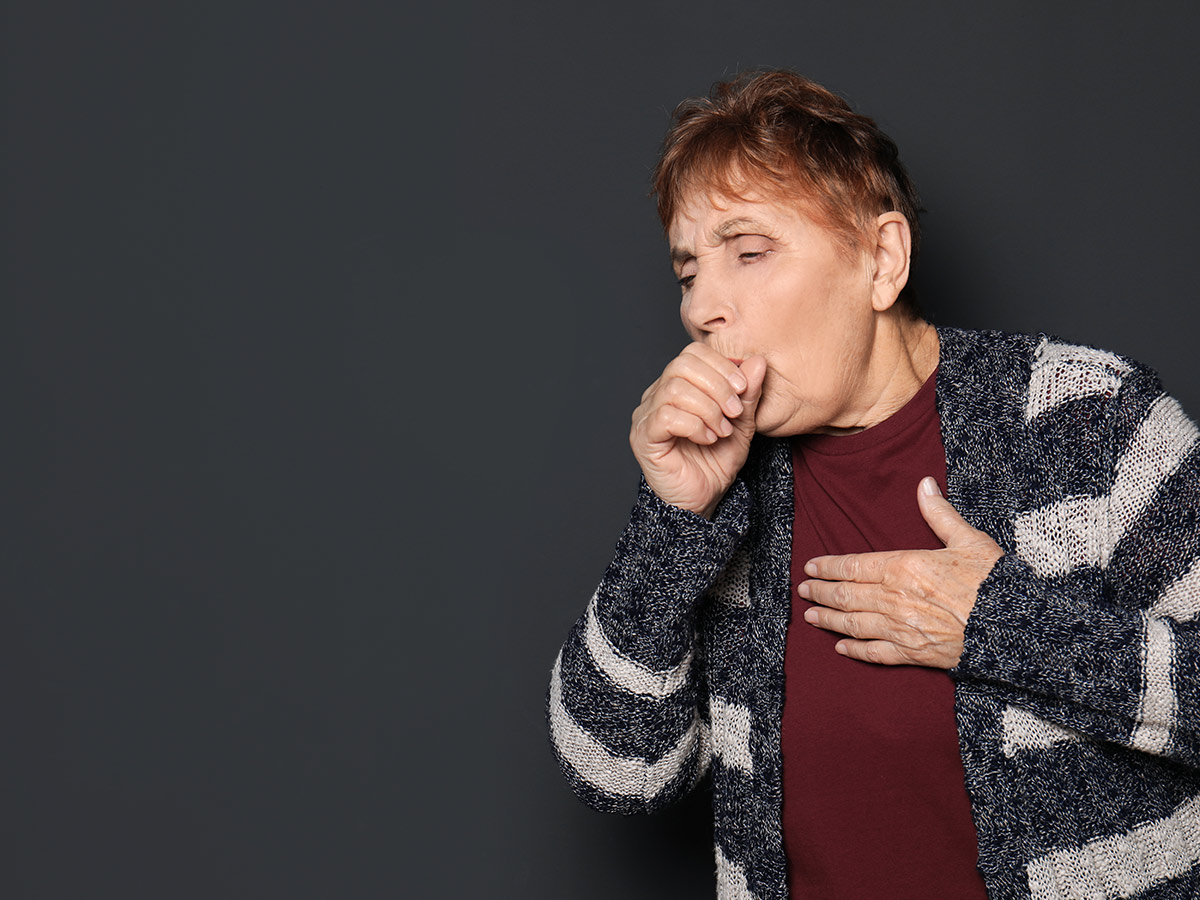
Emphysema develops from gradual damage to lung tissue, resulting in ruptured air sacs and one large pocket of air instead of many small ones. Oxygen becomes unable to move through the bloodstream, and breathing becomes difficult because the lungs slowly overfill. The condition is greatly preventable because it is directly linked to smoking, but its chances worsen with age.
Symptoms include coughing with mucus, shortness of breath, tightness in the chest, and wheezing. There is no cure. Bronchodilators and anti-inflammatory medications may be used as treatment along with oxygen therapy. Surgery may be necessary in extreme conditions.
Influenza

Influenza is a viral infection of the respiratory system (nose, throat, lungs). Anyone can get the flu, but it can become life-threatening for older persons because your immune system weakens as you age.
Older people are also at risk of developing complications from the flu, such as a sinus or ear infection or even pneumonia. Symptoms can include fever/chills, headache, cough, and body aches. Getting a flu vaccine every year helps prevent infection and lessen risks.
Falls

The risk of falling (and complications due to falling) increases with age. According to the CDC, falls are “the leading cause of injury and injury death” in adults 65 years of age and older. Changes in eyesight and hearing, loss of muscle mass due to age, some medications, and certain medical conditions can increase your chances of falling.
There are important steps to take to prevent falling: get your hearing and eyesight checked, stay physically active, complete balance training exercises, check the side effects of your medications, and take extra caution when walking in unsafe areas. Assistive devices such as canes are also helpful preventatives.
Substance Abuse

Anybody can be affected by substances or alcohol. However, this is a serious concern in older persons because of possible interactions substances may have with prescribed medicine.
There are also increased risks associated with intoxication, like decreased balance and awareness. This can lead to an increased possibility of falls. Treatment options are available for those who struggle with this.
Shingles

Respiratory Syncytial Virus

Periodontal Disease

Periodontal disease (gum disease) is an infection of the gums that damages the soft tissue surrounding the teeth and can destroy the jaw bone. Gum disease increases with age, with a CDC report stating that “70.1% of adults 65 years and older have periodontal disease.”
Symptoms may include persistent bad breath/taste, swollen gums, and loose or sensitive teeth. Treatments can include professional cleaning, medications, and corrective surgery.
Spinal Stenosis
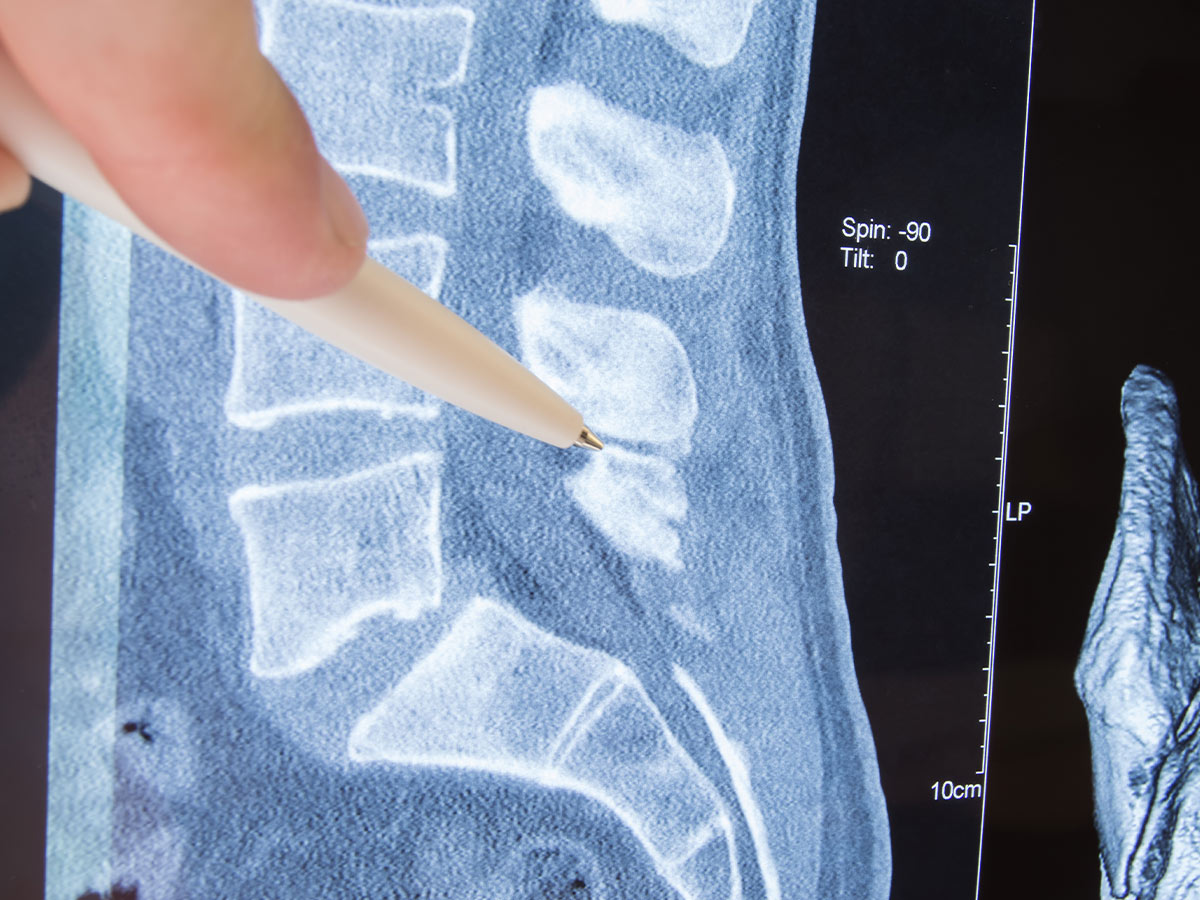
Herniated Disk

Glaucoma
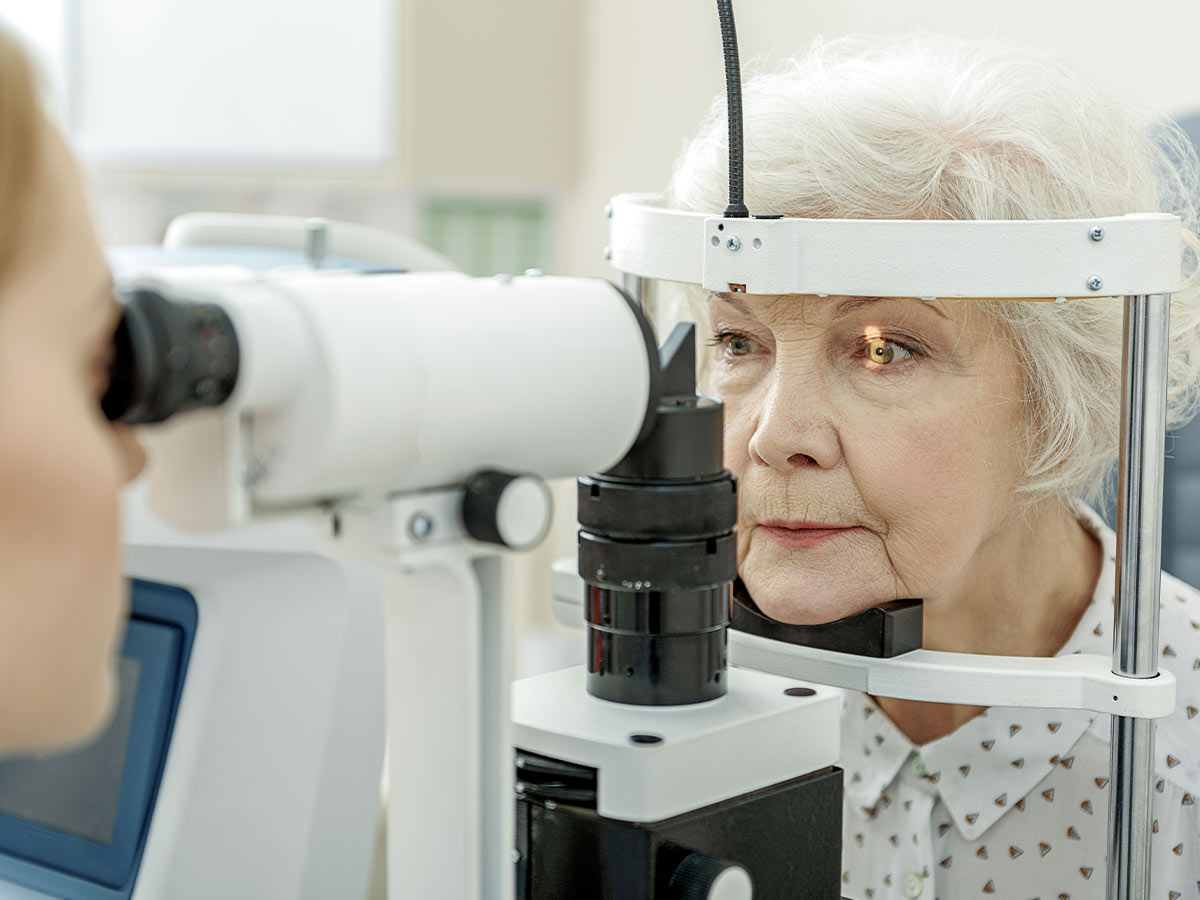
Asthma
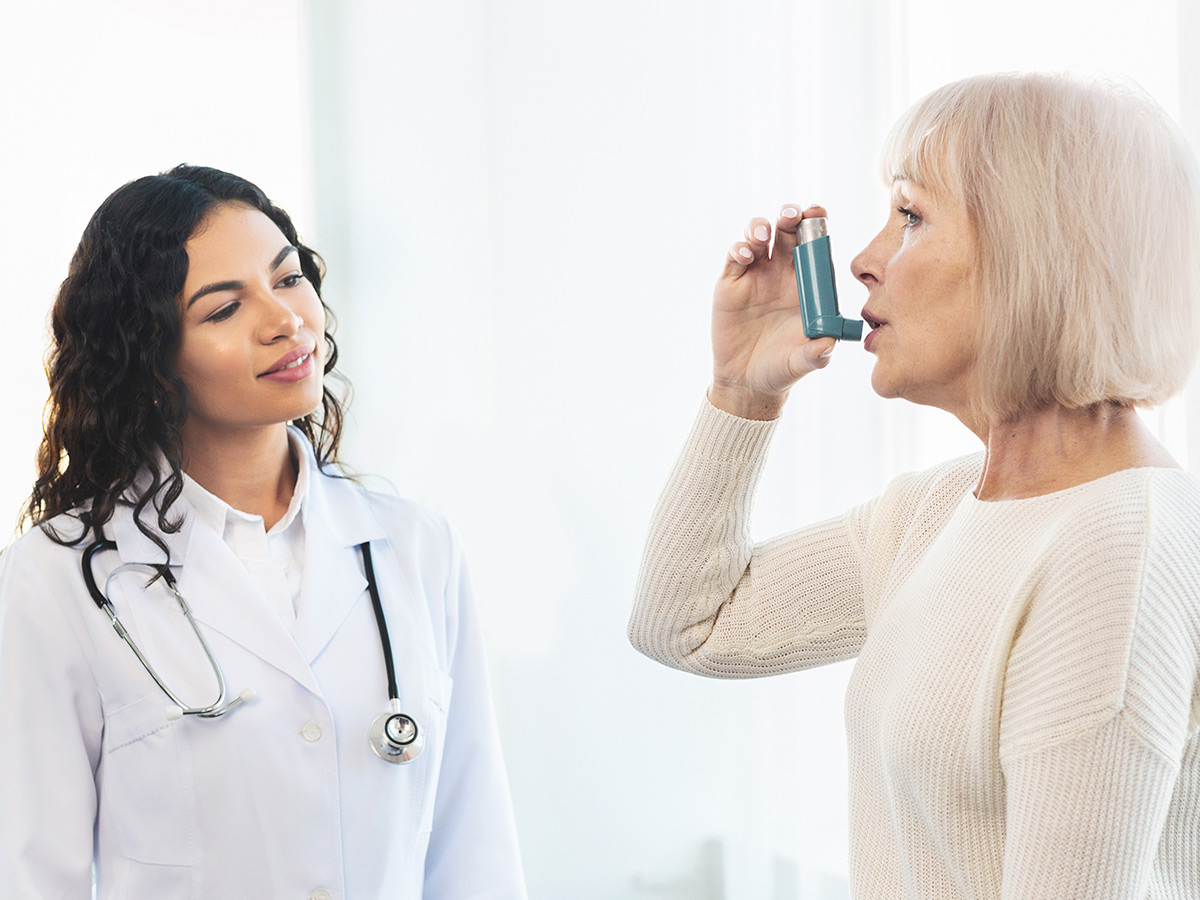
 Author
James Stephens
Last Updated: August 15, 2025
Author
James Stephens
Last Updated: August 15, 2025